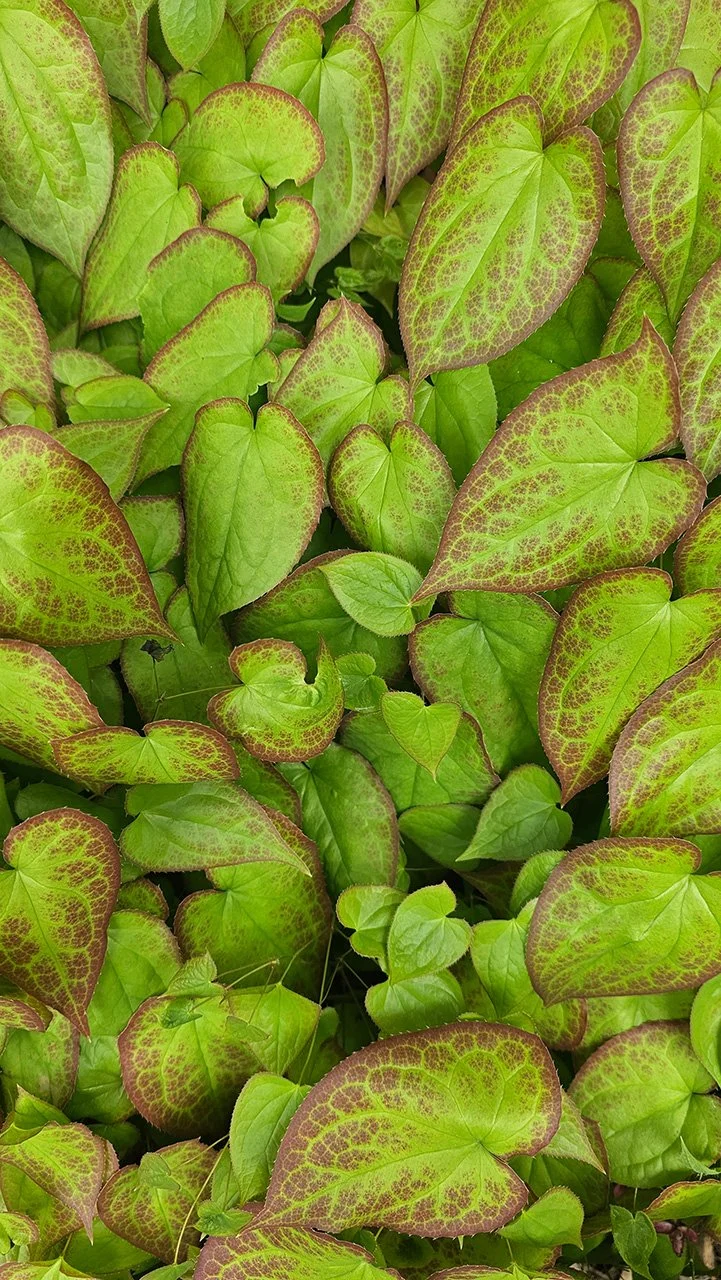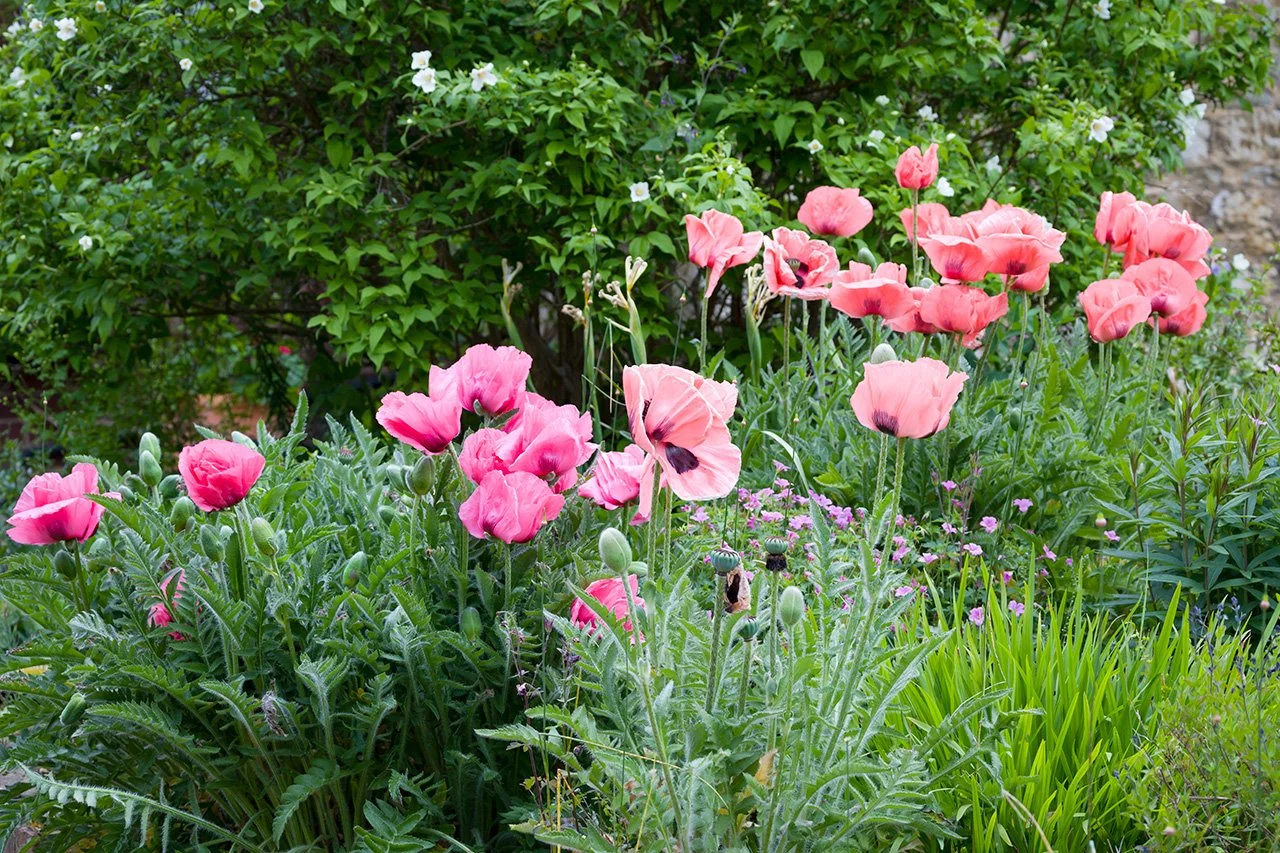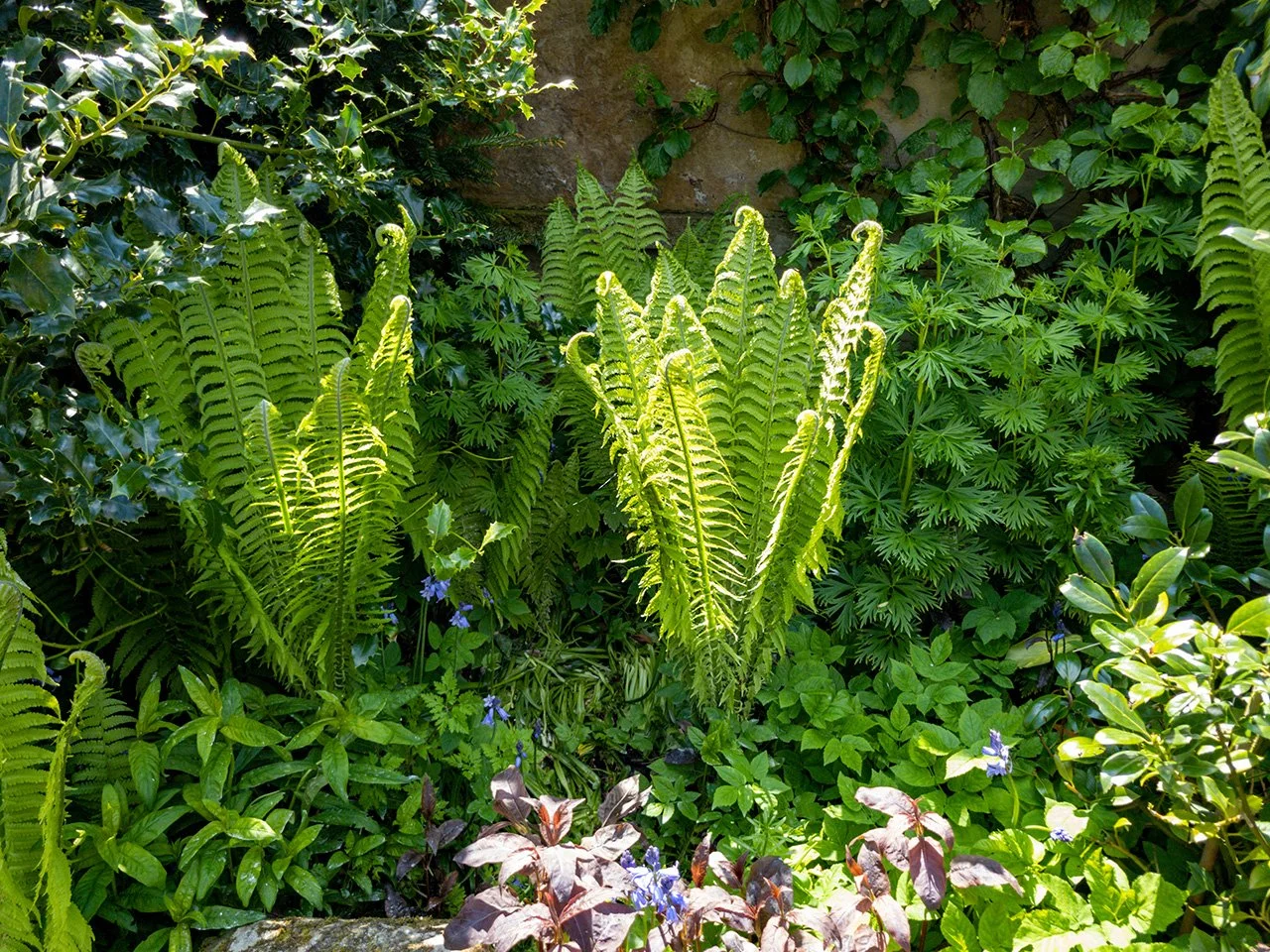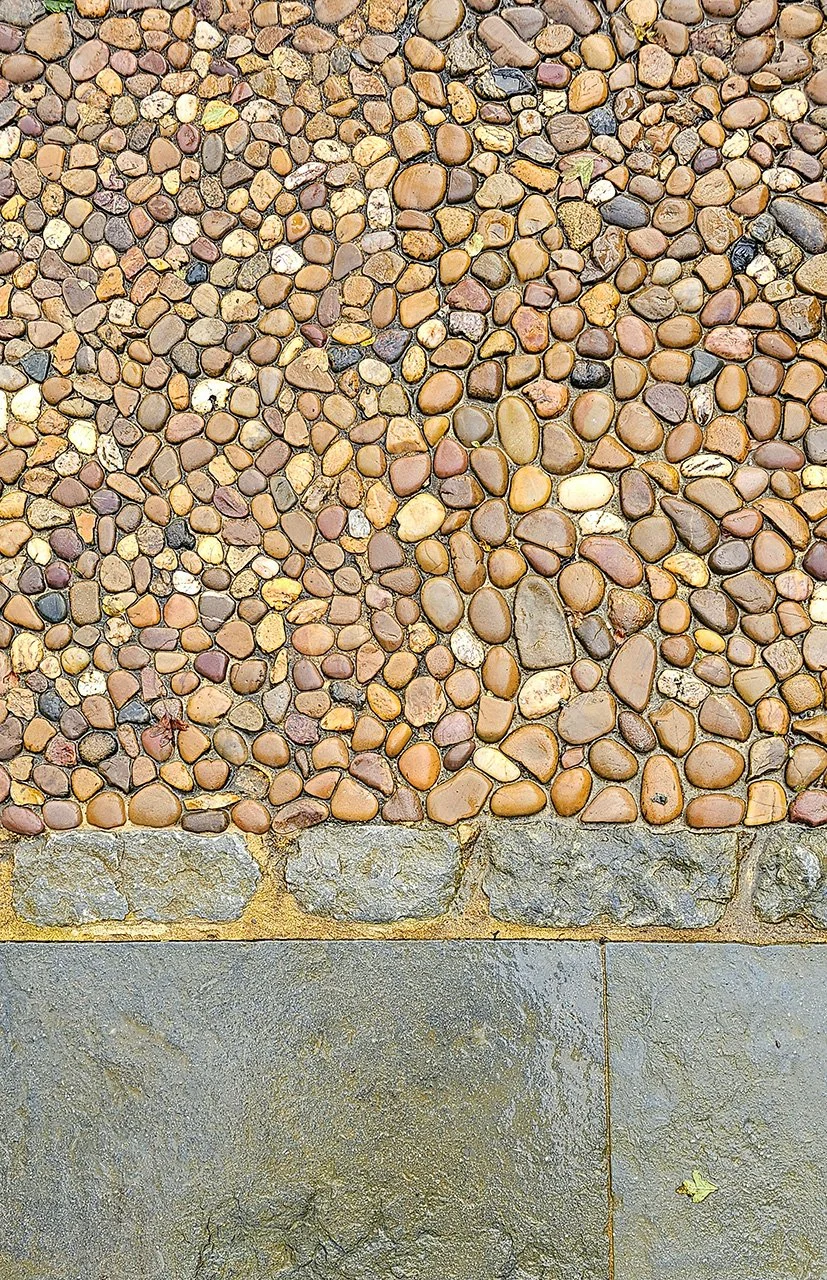Wildlife Garden
Design Brief: Encourage a range of wildlife and provide interest throughout the year. Include a diverse range of habitats to maximise biodiversity, including a pond, wildflower lawn and deep herbaceous borders.
Reclaimed paving and composite decking were proposed to help minimise the carbon footprint of the garden. A new wildlife pond near the main seating area acted a focal point and wildlife haven.
A diverse range of shrubs, trees, and herbaceous plants provided pollen and nectar rich flowers, which gave way later in the season to edible fruits and berries to attract wildlife. The planting scheme used plants with a loose natural habit, requiring little in the way of pruning and aftercare. Some plants were cultivars of UK native species and were carefully chosen to tumble across the edge of beds - softening edges of the hard landscaping.
A variety of easy care shrubs were used throughout the borders, providing form and structure throughout the year. Seasonal interest was provided by a range of herbaceous perennials, for example Alchemilla mollis, Anemone ‘Honorine Jobert’. Echinops bannaticus ‘Taplow Blue’, Epimedium ‘Domino’, Geranium ‘Rozanne’, Helleborus x hybridus, Lychnis coronaria, Phlomis russeliana, and Viola riviniana. Various bulbs were included to provide seasonal interest in spring and autumn, with daffodils and tulips in spring, followed by Nerines in the autumn.










